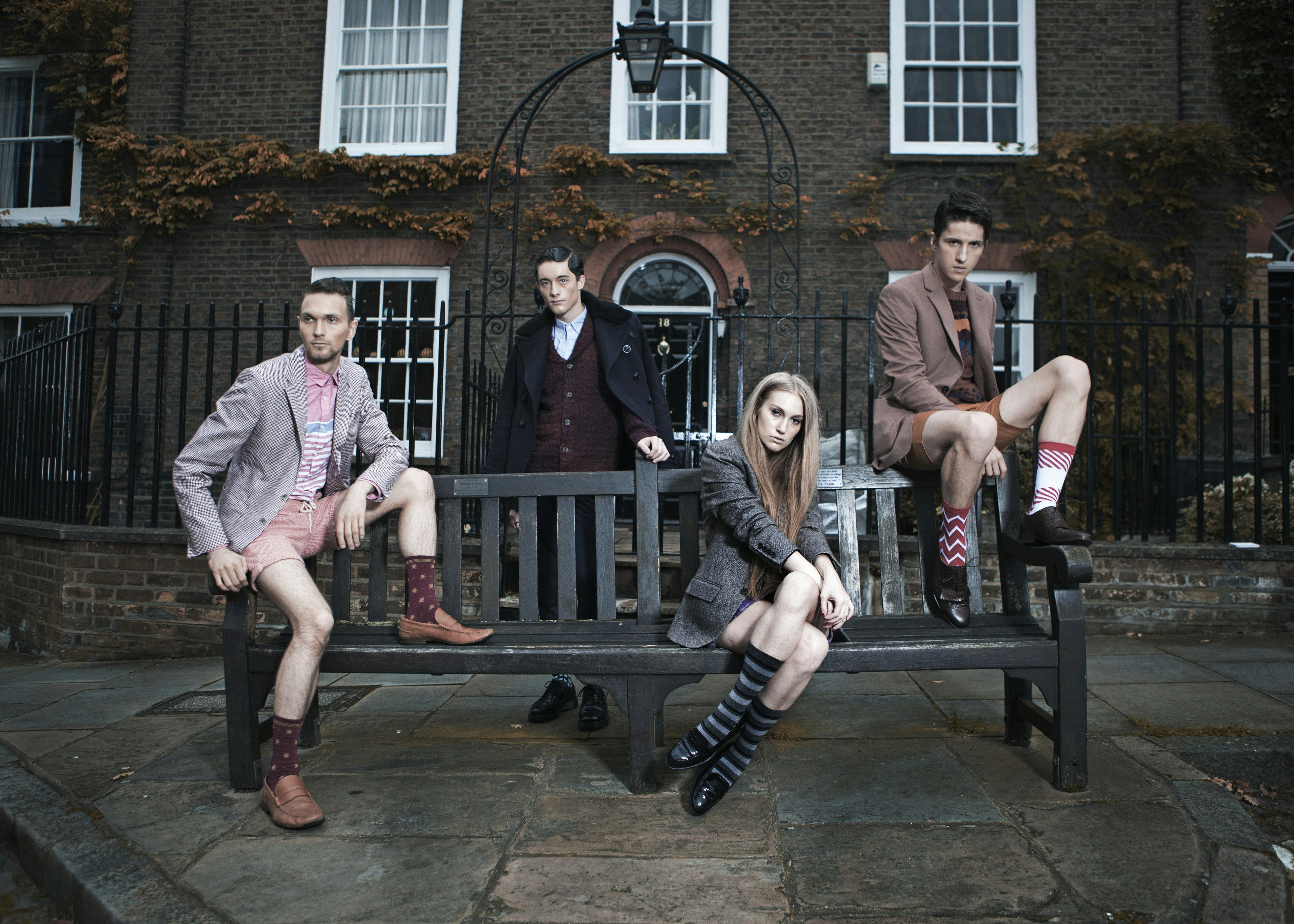Fast fashion was once known for its fast profits, now it has the earned reputation of being fast in environmental and human destruction. With almost the entire fashion industry geared towards constant consumption, what’s an ethically minded person to do?
Thankfully Orsola de Castro has some advice for us. She’s a fashion designer who’s embraced ethical fashion and has made a great career around making and keeping good clothes. She co-founded Fashion Revolution and worked to expose the dangerous behaviour the fashion world is a part of by providing alternatives. One easy and cost-saving alternative is to just keep your clothes.
“Some people love rescuing pets. I started off rescuing clothes – and have never stopped,†she says. Her design process was initially creative, not ethically driven. A eureka moment came while she was “climbing mountains of rubbish in a warehouse†to source holey jumpers. “I thought: OK, I am not just designing – I am recuperating,†she says. “There is a purpose. It is not just aesthetic, it is also profoundly moral in many ways.â€
…
Hide your clothes“I have a game I play with myself. I hide things from myself for a long time. I put them in a bag and put it under the bed,†says De Castro. “I hide things that are not right for me, whether that’s because your body changes, your mind changes or trends change.†She says that, when she opens them, after about five years, she often loves them “beyond descriptionâ€: “Two years ago, I rediscovered a skirt – I could never remember hiding it in the first place. Now I wear it incessantly.â€
What you can do:
Keep your clothes, don’t buy fast fashion clothing.




